Your Eyes Are Not Invincible: A Straight-Talk Guide to Keeping Them Healthy
After looking at thousands of pairs of eyes over the years, I’ve noticed a pattern. Most of us don’t give our vision a second thought until something starts to go wrong. It makes sense, right? We use our sight constantly, so it’s easy to just assume it will always be there. But here’s the deal: your eyes are living, complex organs, and they’re directly linked to your overall health.
In this article
I want to be crystal clear about something. This isn’t one of those guides promising you can ditch your glasses with some magical eye exercises. To be frank, those claims are misleading. If you have nearsightedness or astigmatism, it’s about the physical shape of your eye, and staring at a pencil isn’t going to change that.
Instead, we’re going to talk about something way more important: real, science-backed steps you can take to protect your eye health for the long haul. This is about slowing down age-related changes and lowering your risk of serious conditions. Think of it as preventative maintenance for one of your most precious assets. This is the stuff I talk about with people in my office every single day.
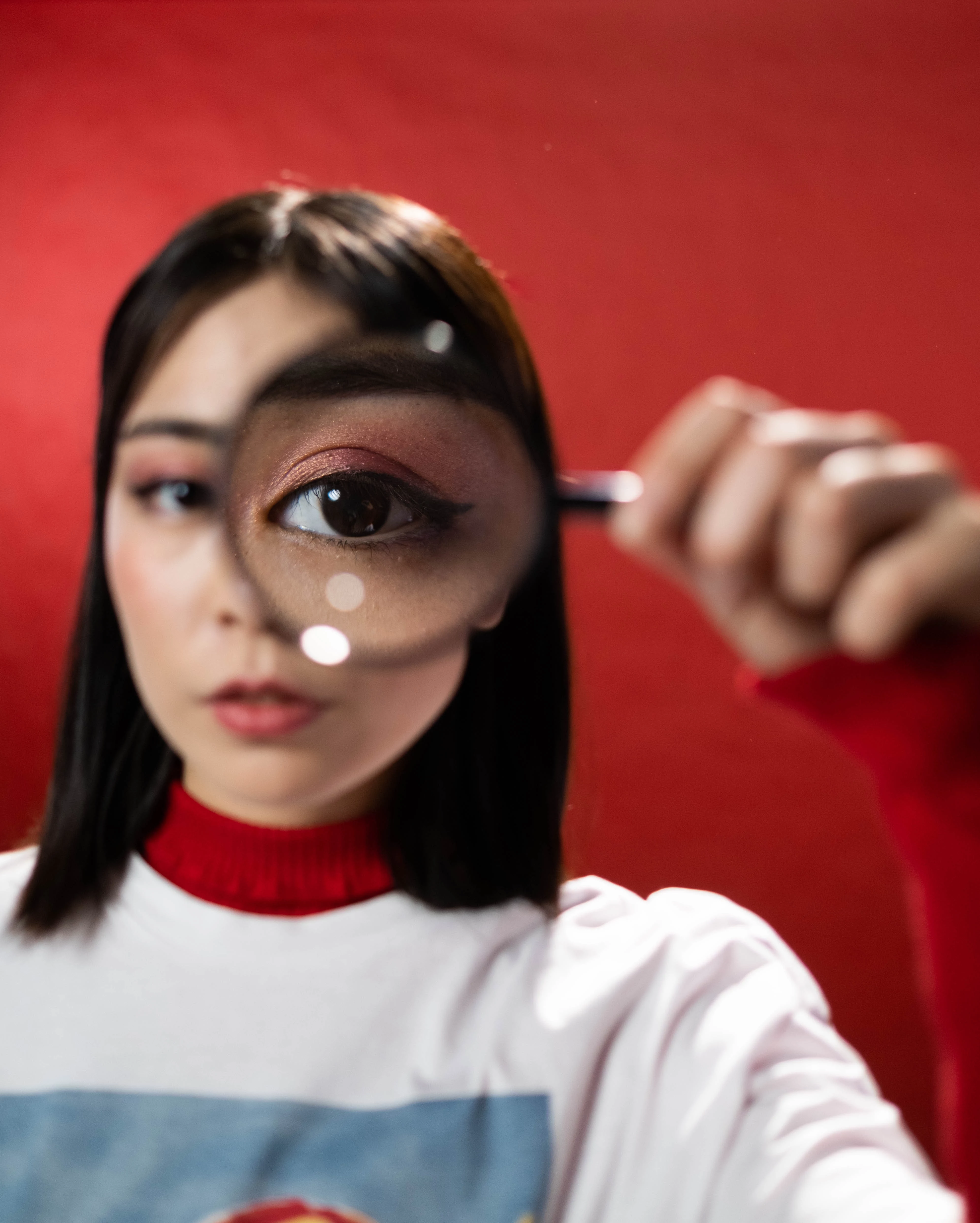
First, A Super-Quick Look at How Your Eyes Work
To protect something, it helps to know how it operates. Your eye is basically like a high-tech organic camera. Light comes in through the cornea (the clear front dome), which does the initial heavy lifting of focusing. The light then goes through your pupil, which gets bigger or smaller thanks to the iris (the colored part).
Next, the lens behind the pupil fine-tunes the focus, adjusting for things up close or far away. Finally, all that light hits the retina at the back of the eye. The retina is where the magic happens. It’s packed with millions of light-sensing cells called rods and cones. At the very center is the macula, a tiny spot that handles your sharp, central vision—the kind you need for reading and recognizing faces. These cells turn light into electrical signals that shoot up the optic nerve to your brain, which creates the image you “see.”
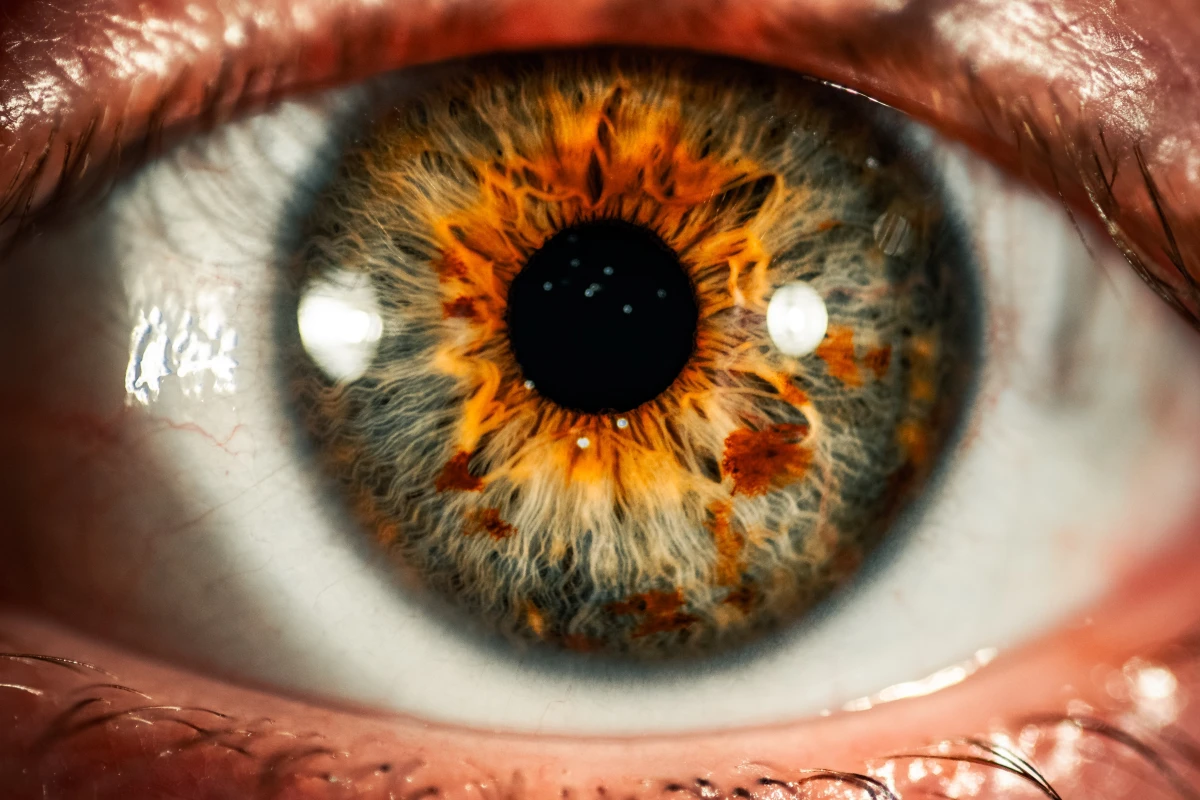
So, when we talk about things like cataracts, that’s a cloudy lens. Glaucoma is damage to that optic nerve. And macular degeneration is, you guessed it, the breakdown of the macula. See? Understanding the parts shows you exactly what you need to protect.
Feed Your Eyes: It’s More Than Just Carrots
That old saying about carrots is true, but it’s just the tip of the iceberg. Your retina, in particular, is an energy hog. It needs a steady stream of specific nutrients to keep working and defend itself from damage. I always push a food-first approach because your body is just better at absorbing nutrients from whole foods compared to a pill.
The Two ‘Superstar’ Nutrients: Lutein and Zeaxanthin
If you remember anything, remember these two. Lutein (LOO-teen) and zeaxanthin (zee-uh-ZAN-thin) are antioxidants that your body smartly deposits in the macula. I tell my patients to think of them as your eyes’ own internal sunglasses. They filter out damaging high-energy blue and UV light before it can hurt your delicate vision cells. A good, dense layer of these nutrients is strongly linked to a lower risk of macular degeneration.
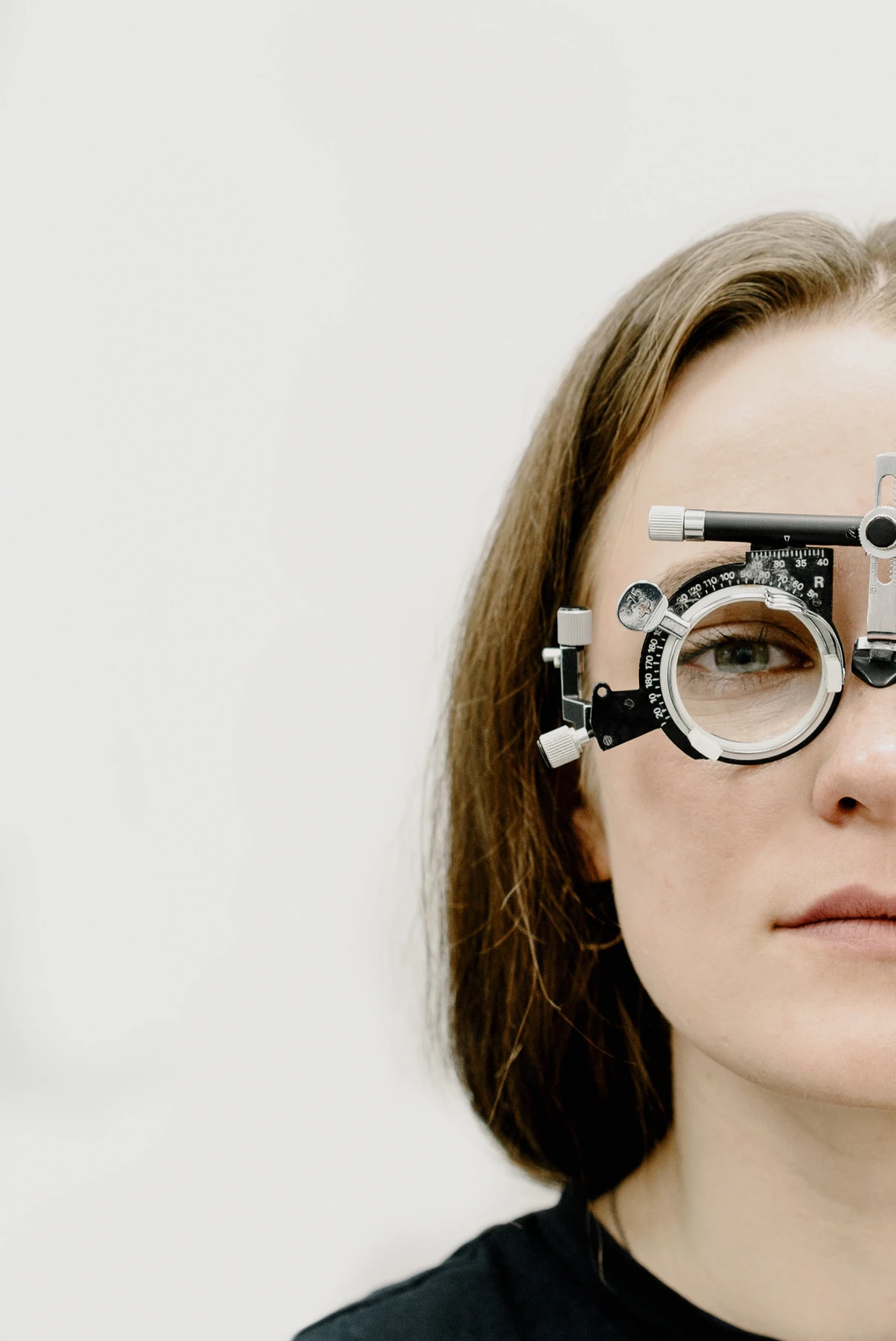
- Where to find them: Dark, leafy greens are the absolute best source. We’re talking kale, spinach, and collard greens. Egg yolks and corn are great, too. Quick tip: These nutrients are fat-soluble, so cooking your greens with a bit of olive oil or avocado oil actually helps your body absorb them better.
- A real-world goal: Aim for at least one serving of leafy greens a day. A serving is about a cup if it’s raw, like in a salad, or a half-cup if cooked. Honestly, my go-to is a quick spinach and egg scramble for breakfast. It’s easy, and it covers you for the day.
- Common Pitfall: I get it, not everyone loves the taste of kale. A lesser-known trick is to blend it into a fruit smoothie. You get all the incredible benefits without the taste—the fruit completely masks it.
Omega-3s: For More Than Just Your Heart
Omega-3 fatty acids, especially DHA and EPA, are crucial building blocks for the cell membranes in your retina. But they also have incredible anti-inflammatory powers. This is huge for fighting dry eye syndrome, a condition that feels gritty and miserable. Inflammation can mess with the tiny glands in your eyelids that produce the oil for your tears. Without that oil, your tears evaporate too fast.

I once worked with a patient who had such severe dry eye from computer use that she could barely work. We overhauled her diet to include fatty fish twice a week and added a high-quality supplement. It took a few months, but the change was dramatic. Her symptoms almost completely vanished, all because we addressed the underlying inflammation.
- Where to find them: Fatty, cold-water fish are your best bet. Think salmon, mackerel, sardines, and herring. Aim for two servings a week, with a serving being about a 3-4 ounce fillet. And don’t knock canned salmon! It’s a fantastic, budget-friendly way to get your omega-3s.
- What if I hate fish? If fish is a no-go, a quality fish oil or algae-based supplement is a solid alternative. Look for one in triglyceride form, which is easier for your body to absorb. While you should always check with your doctor, many studies focus on a combined EPA/DHA dose of around 1,000 mg per day. A good supplement can cost anywhere from $20 to $50 for a month’s supply, depending on the brand and purity.

A Quick Word on Special Eye Vitamins
People always ask me about eye vitamins. For most healthy people, a good diet is all you need. However, for a very specific group of people with intermediate to advanced age-related macular degeneration (AMD), a special formula has been proven to help. Landmark studies from a national eye institute found that a high-dose combination of certain vitamins and minerals could slow the disease’s progression by about 25%.
Heads up! This formula is NOT a preventative. It doesn’t stop you from getting AMD in the first place. You should never, ever self-prescribe these supplements, as the high doses can cause side effects without a medical need. This is something only an eye doctor can recommend after a comprehensive, dilated eye exam.
Fighting the Modern World: Screens and Sunlight
Our eyes are under a lot more pressure these days. We spend hours staring at glowing screens from a fixed distance, which creates a whole new set of issues.

The 20-20-20 Rule: Why It Actually Works
You’ve probably heard of this, but here’s the science. When you focus up close, a tiny muscle inside your eye tenses up. Holding it tight for hours on end leads to strain and headaches. The 20-20-20 rule is designed to give that muscle a forced break.
- The method: Every 20 minutes, look at something at least 20 feet away for a full 20 seconds.
- Why it works: Focusing on something far away forces that little muscle to completely relax. It sounds simple, but it prevents the muscle from getting locked up and fatigued. You can set a timer or use a free browser extension to remind you.
- Challenge for you: Try it for the rest of your workday. Seriously. Just try it today and notice how your eyes feel by the end of the day. You’ll probably be surprised.
Let’s Talk About Blinking and Blue Light Glasses
Normally, we blink about 15 times a minute, which keeps our eyes coated in a fresh layer of tears. But when we stare at a screen, our blink rate can drop by half! This leads to that gritty, blurry feeling of dry eye. You have to make a conscious effort to do full, complete blinks. It feels weird at first, but it works.

Oh yeah, and what about blue light glasses? This is the million-dollar question. The truth is, the evidence that they prevent eye disease is weak. However, many people (myself included) find they significantly reduce eye strain and improve comfort during long days on the computer. They work by filtering some of the harsh, high-energy light from the screen, which can make focusing feel a little easier. They aren’t a magic cure, but if you have a lot of digital eye strain, a pair for $20-$40 might be a worthwhile investment for comfort.
Protective Eyewear is Non-Negotiable
I have seen way too many injuries that could have been prevented in a split second. Your regular glasses are NOT safety glasses. They can shatter on impact and make an injury even worse.
- At Home & Work: Anytime you’re using power tools, handling chemicals, or even doing aggressive yard work, you need proper safety glasses. Look for the “ANSI Z87.1” stamp on the frame. This means they’re impact-rated. You don’t need fancy ones—you can grab a pair for $5 to $15 at any hardware store like Home Depot or Lowe’s.
- Sunglasses are Sunscreen for Your Eyes: Long-term UV exposure is a primary cause of cataracts and a major risk factor for macular degeneration. Always, always choose sunglasses that block 100% of UVA and UVB rays (it will be labeled “UV400”). The darkness of the lens doesn’t matter; it’s the invisible coating that protects you. Wraparound styles are best for sports or long days outside since they block light from sneaking in the sides.
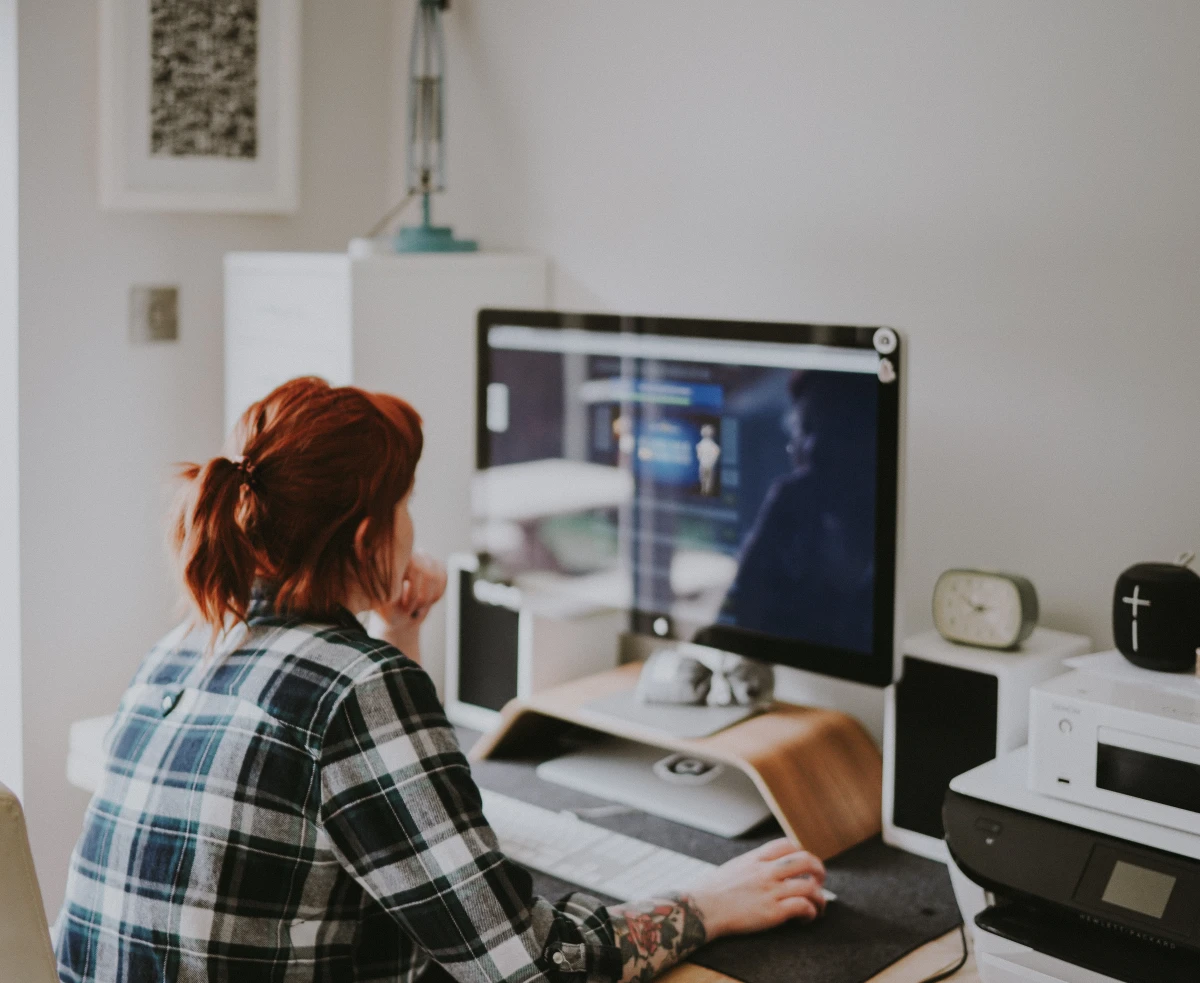
Your Eyes Can Reveal Your Overall Health
An eye exam is one of the only ways a doctor can look directly at your blood vessels and nerves without any cutting. It’s an incredible window into your body’s health. I’ve been the first person to spot signs of diabetes in patients who just came in because their vision felt a little “off.” The high blood sugar was already damaging the tiny vessels in their retinas. Same for high blood pressure—I can see tell-tale signs of damage that tell me a patient needs to see their primary doctor right away.
And if you do just one thing for your eyes, please stop smoking. Smoking is a direct and massive risk factor for both macular degeneration and cataracts. It chokes your eyes of the oxygen and nutrients they need to survive. Quitting is the single most powerful action you can take to save your sight.
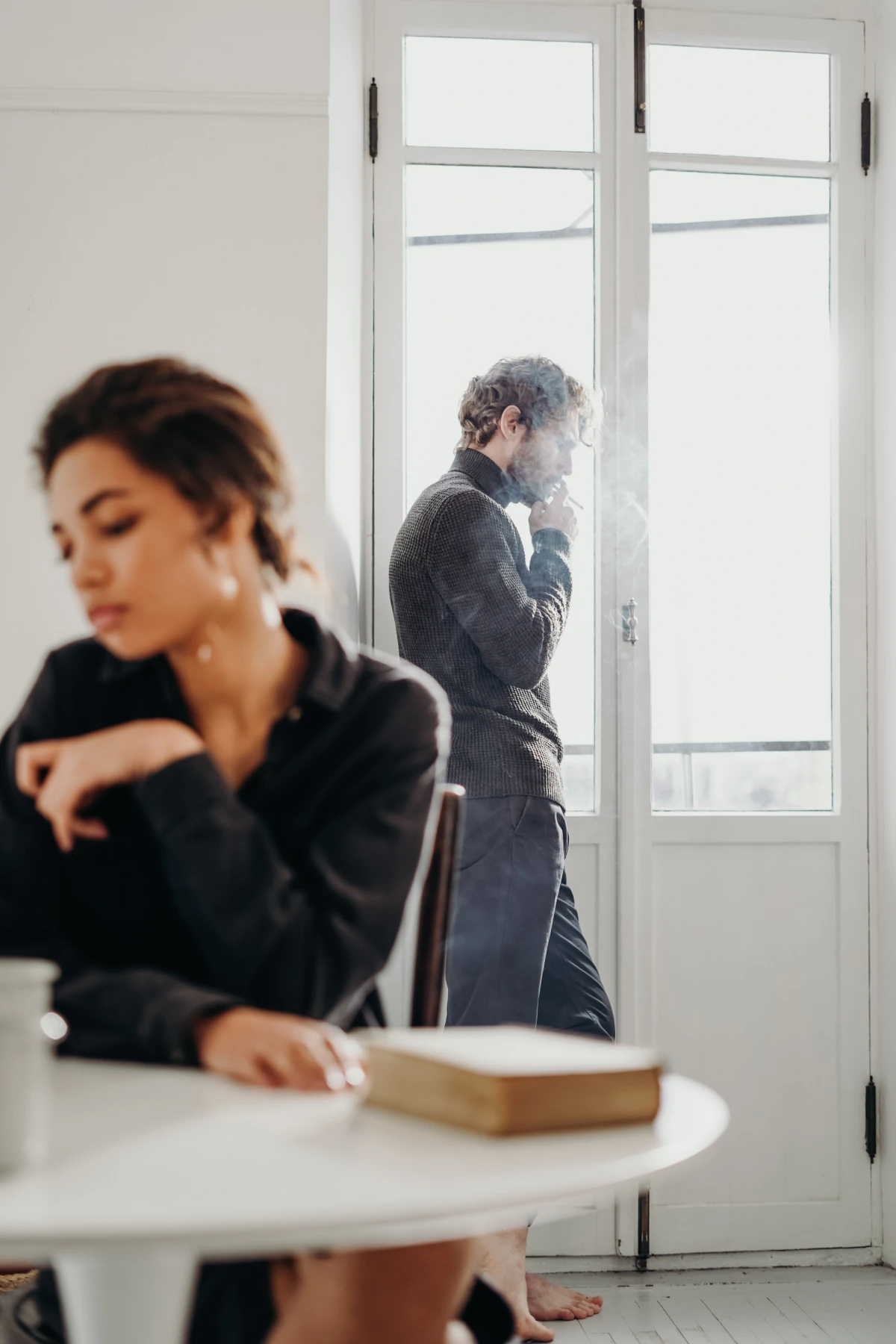
Know When to See a Pro (And When Not to Worry)
While your lifestyle choices are your foundation, they don’t replace professional care. For a healthy adult with no symptoms, a comprehensive eye exam every one to two years is a good baseline. But some symptoms are genuine red flags that need immediate attention.
If you experience any of these, see an eye doctor or go to the ER right away:
- A sudden loss of vision
- A sudden burst of new floaters (black specks), especially if they come with flashes of light
- A dark shadow or “curtain” moving across your vision
- Severe, deep eye pain, especially with nausea
- Sudden double vision
Protecting your vision is a lifelong commitment, but it’s made up of small, daily choices. By feeding your body right, protecting your eyes from damage, and keeping up with your overall health, you’re making a huge investment in your future. Take it seriously, and your eyes will thank you for decades.
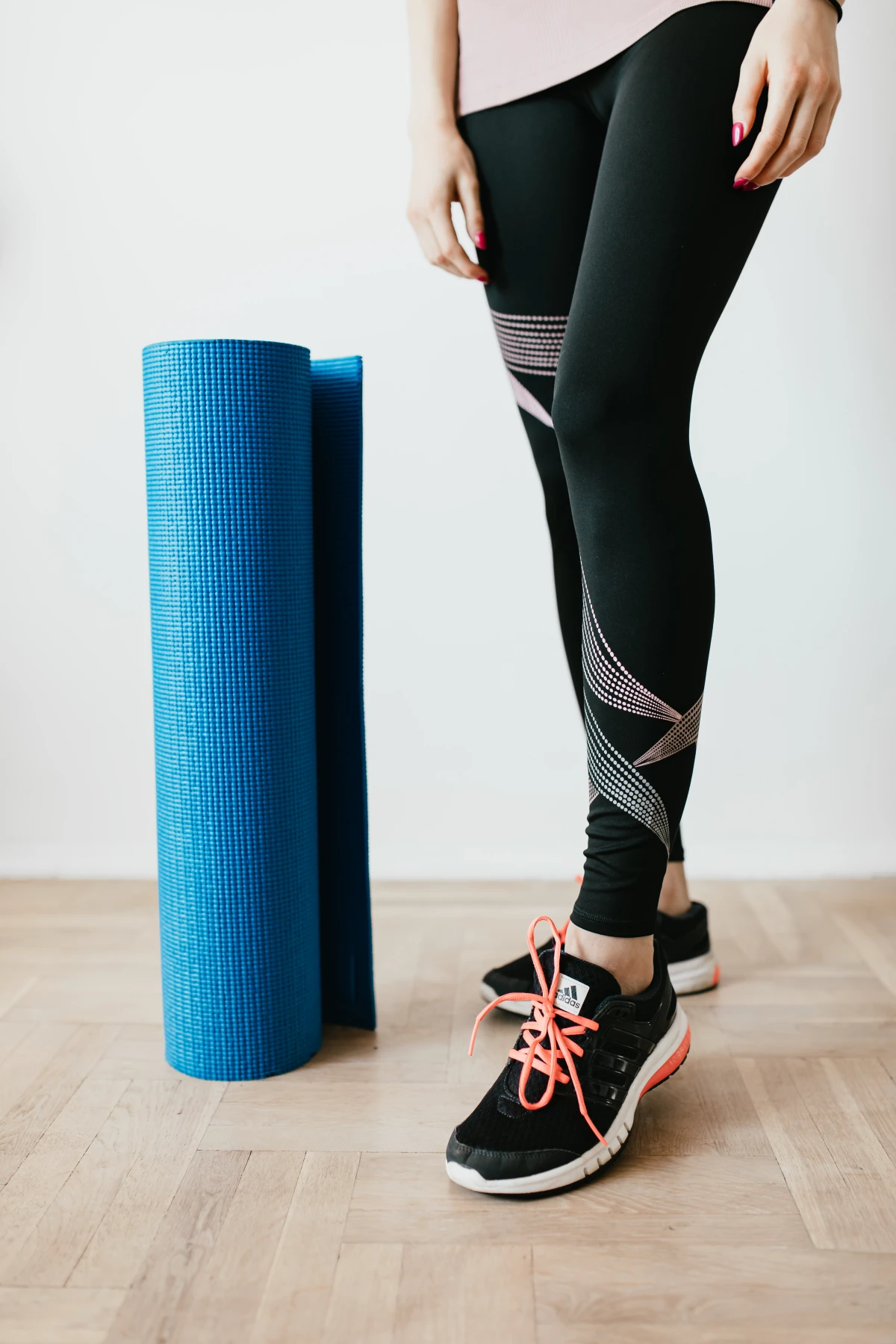
Inspiration:

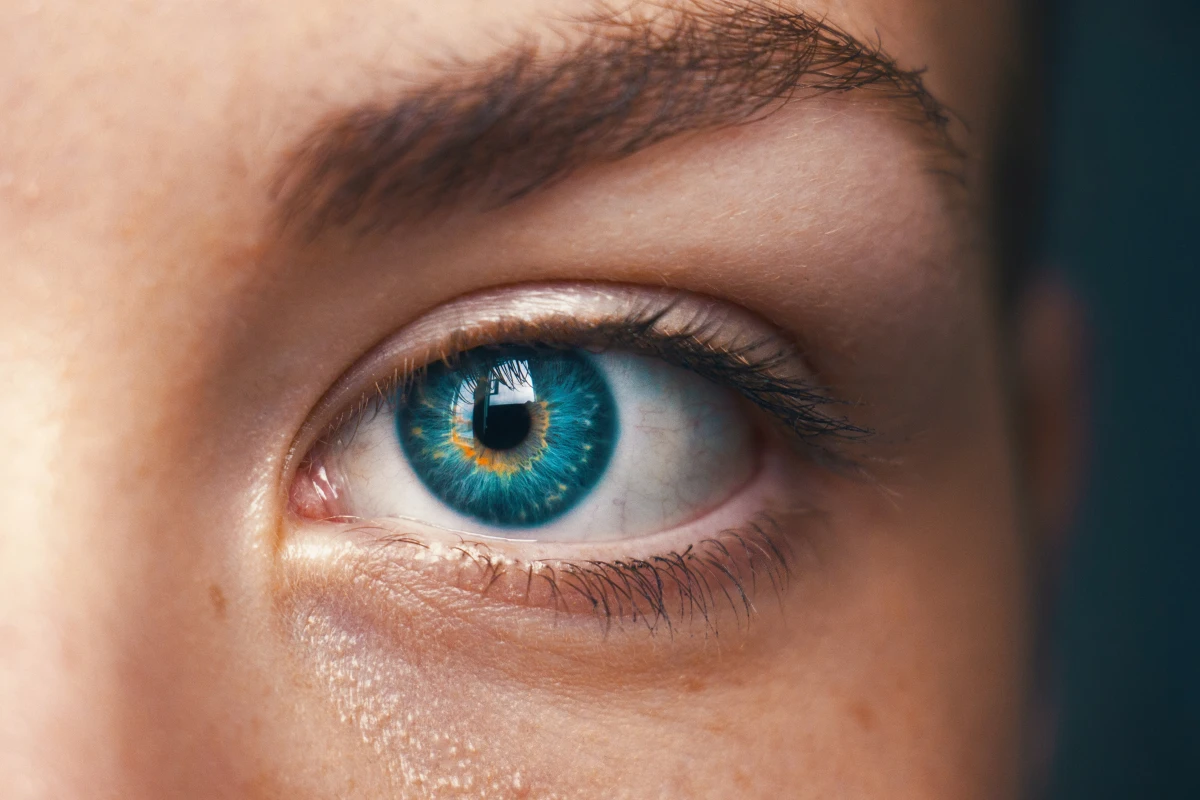
The National Eye Institute’s AREDS2 study found that a specific blend of nutrients can slow the progression of age-related macular degeneration (AMD) by about 25 percent.
This is a game-changer for long-term vision protection. The formula includes Vitamin C, Vitamin E, lutein, zeaxanthin, zinc, and copper. While eating a nutrient-rich diet is key, high-risk individuals might consider a supplement. Look for products that explicitly state they are based on the ‘AREDS2 formula’, like Bausch + Lomb’s PreserVision or similar store brands.
Are all sunglasses created equal?
Absolutely not. The darkness of the lens has nothing to do with its protective power. The single most important factor is a label stating










